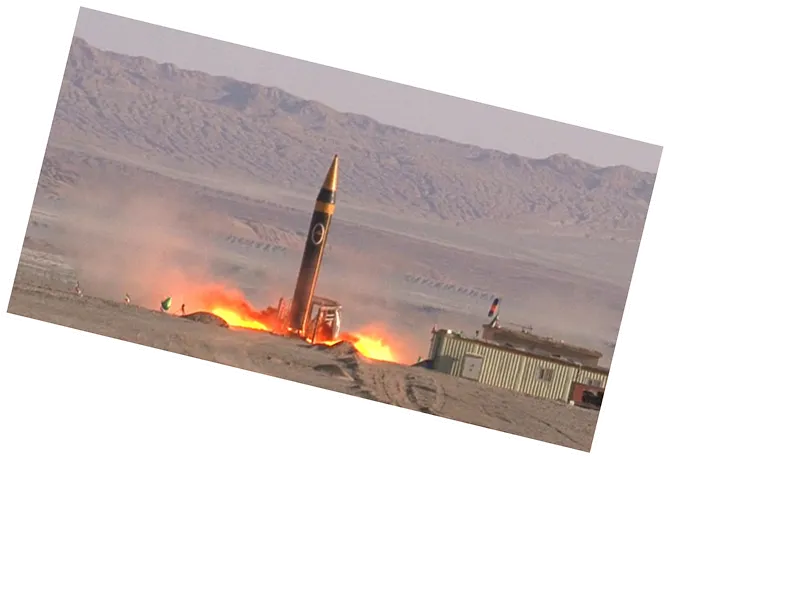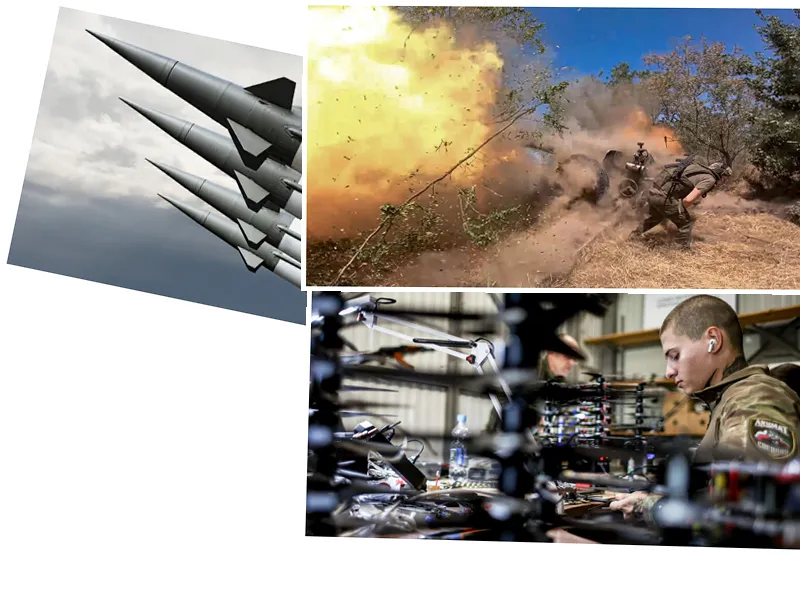Ballistic missiles are crucial in modern warfare, offering unique advantages such as high speed and diverse range, making them a preferred choice for military forces globally. These missiles travel in a ballistic path, gaining speed and potential energy as they ascend before descending towards their targets, reaching speeds up to Mach 20, or about 25,000 kilometers per hour. The ability to manufacture ballistic missiles with varying ranges—from short-range Scud missiles to intercontinental Agni-6 missiles—provides countries with strategic deterrence capabilities, impacting military strategies worldwide. Furthermore, advancements in hypersonic missile technology are changing the landscape of missile defense, as these missiles can exceed Mach 5 while maneuvering, posing significant challenges for existing defense systems.
- Ballistic missiles are defined as missiles that follow a ballistic trajectory, which allows them to effectively deliver warheads to predetermined targets. The speed and destructive power of these missiles make them integral to national defense strategies, particularly for superpowers like the United States and Russia, which incorporate them into their nuclear triads. Countries such as India are also advancing their missile technology, with the Agni-class missiles showcasing a range of capabilities from short to long-range strikes. The evolution of missile technology includes not only the development of various warheads—conventional, chemical, biological, and nuclear—but also the ability to deploy multiple warheads to different targets from a single missile launch.





